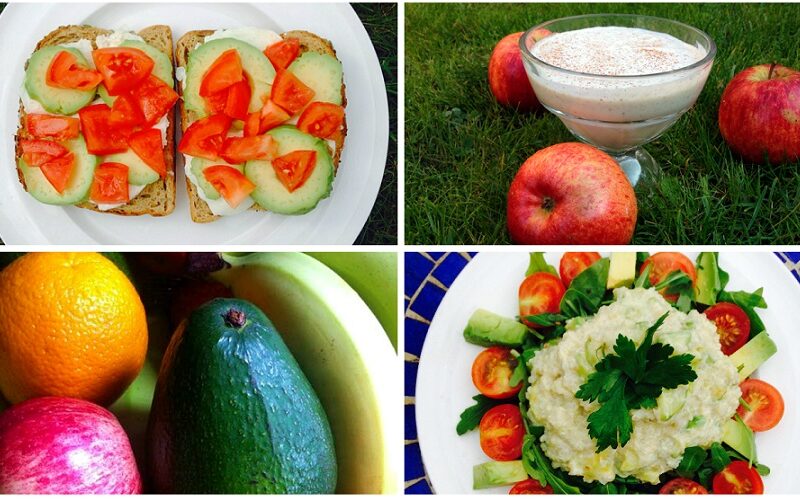An overview of the Ayurvedic approach to nutrition and health
Introduction to Ayurveda
Originating in India more than 5 000 years ago, Ayurveda is considered by many scholars the oldest healing science. In Sanskrit Ayurveda means ‘The Science of Life’ and it stems from ancient Vedic culture, taught over thousands of years in an oral tradition from masters to their disciples.
Ayurveda places emphasis on prevention of disease through the maintenance of balance in body, mind, and consciousness. This is achieved by making appropriate dietary and lifestyle choices according to one’s own individual constitution or energy pattern which is comprised of a combination of physical, mental and emotional characteristics.
The three principle energies (doshas) of the body
According to Ayurvedic philosophy, the interplay between the five main elements: Air, Space, Water, Earth and Fire, leads to the formation of three vital energies (doshas) which are present in everyone and everything.
On a physical level, those three energies are vata – the subtle energy of movement, pitta – the energy of digestion and metabolism and kapha – the energy of lubrication and structure.
Each one of us has the qualities of those three doshas, though one is usually most highly expressed, one is secondary and the third is the least prominent. It’s the balance of those energies that leads to good health (on a physical, psychological and emotional level), while excess or deficiency of one of them leads to disease.
Vata – the energy of movement
Elements: Air and Space
People with dominating vata energy are creative, flexible and grasp information quickly, though they tend to forget it just as quickly. Further attributes of vata include being active, restlessness, walking and thinking fast with a tendency to become fatigued easily.
Due to the quality of constant movement, vata people are more likely to feel unstable and ungrounded. Thus, a regular routine would be essential to maintain a sense of balance.
If out of balance, vata leads to nervousness, fear, and anxiety. On physical levels, vata disorders include arthritis, pneumonia, flatulence, aching joints, constipation, dry skin and hair.
The Vata Diet
Vata can be balanced through the consumption of warm, well-cooked foods with dominating sweet, sour and salty tastes. It’s advisable to have three to four small meals per day at regular times throughout the day.
Recommended vata foods
- Cooked oat, rice, stews, vegetables, soups
- Dairy products
- Eggs
- Poultry
- Fresh fish
- Nuts and seeds (soaked overnight); nut butter and milk
- Sweet, ripe and juicy fruits
- Spices (cumin, turmeric, coriander, ginger, and garlic)
In moderation:
- Legumes (cooked with mild spices)
- Alcohol
Avoid
- Cold, frozen, raw foods
- Processed sugar
- Caffeine
Pitta – the energy of digestion and metabolism
Elements: Fire and Water
Pitta dominated individuals are mentally alert and intelligent, have a strong appetite, good digestion, and fast metabolism.
However,if out of balance pitta leads to being easily agitated,aggressive and jealous. Physical disorders include fever,inflammatory diseases, sore throat, skin rashes or irritations.
The Pitta Diet
A vegetarian diet with sweet, bitter and astringent tastes can help to maintain the balance of the pitta energy.
Recommended pitta foods:
- Salads and raw vegetables
- Grains (rice, barley, oats, and wheat)
- Legumes (black beans, chickpeas, mung beans)
- Coconut, olive and sunflower oil
- Dairy products (milk; soft, unsalted cheeses, unsalted butter)
- Mild spices (cardamom, cinnamon, coriander, fennel, and turmeric)
In moderation:
- Meat
- Seafood
- Eggs
- Nuts and seeds
- Black pepper
Avoid
- Hot Spices
- Salt
- Caffeine
- Alcohol
- Raw onion and garlic
Kapha – the energy of lubrication
Elements: Earth and Water
Kapha type individuals are characterized by qualities of endurance, stamina, and strength. They are calm, stable and grounded, with good long-term memory, but have a tendency towards being lethargic. Further kapha attributes include slow metabolism and gaining weight easily.
When out of balance kapha leads to attachment, greed and envy, while on a physical level it can result in excess weight, diabetes, water retention or headaches.
The Kapha Diet
For people with kapha dominating energy, it’s recommended to consume foods with bitter, astringent and pungent taste.
Recommended kapha foods:
- Raw fruits (apples, mangos, apricots, peaches, pears, cranberries)
- Vegetables, mainly grown above ground (raw, stimmed or stir-fried)
- Spices
In moderation:
- Grains (buckwheat, millet, barley, rice, and corn)
- Root vegetables
- Animal foods (chicken, eggs, seafood)
- Legumes (black beans, mung beans, pinto, and red lentils)
- Sunflower and pumpkin seeds
- Almond, corn or sunflower oil
- Dairy products (goat’s milk)
- Honey
- Caffeine
- Alcohol
Avoid
- Salt
- Iced food and drinks
- Fried or greasy foods
Ayurveda as a complementary system of healing
Ayurveda highlights that each individual has unique personal needs in accordance to their constitution, therefore, it’s important to carefully assess your condition, study the Ayurvedic guidelines, and apply the required dietary and lifestyle changes.
Ayurveda is not a replacement to conventional Western medicine but it aims to create balance in the mind, body, and consciousness and thus help to reduce the risk of disease, improve health and overall quality of life.





